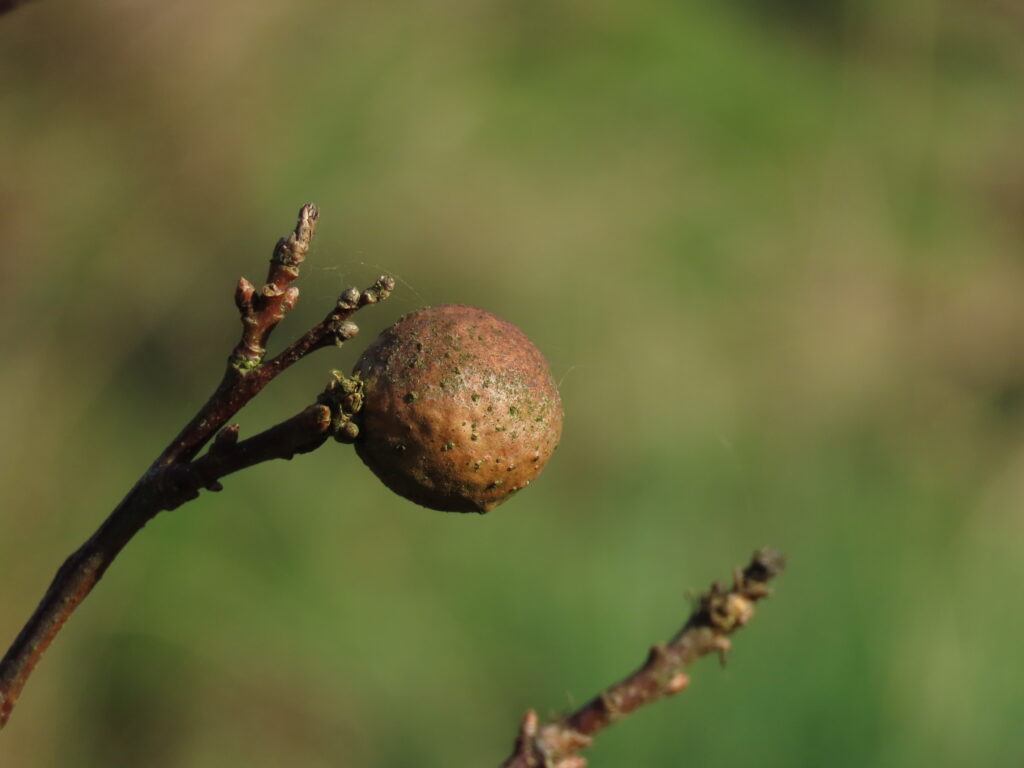
More Nature Study Book #2
Winter Insect Study – Gall Dwellers
“There are many forms of gall dwellings, and they may grow upon the root, branch, leaf, blossom, or fruit.”
Handbook of Nature Study, page 335
Inside Preparation Work:
- Read in the Handbook of Nature Study pages 335-337 (Lesson 39). Galls occur on a wide variety of plants, but the Handbook of Nature Study tells the story of galls on oaks, goldenrod, and the willow. The lesson also includes illustrations or images of actual galls and for this lesson it will be helpful for your children to know what to look for during their outdoor time. You can use this excellent visual resource to learn more what a variety of galls look like: Plant Galls. Interesting video of one kind of gall we have in California: Jumping Oak Galls.
- Other trees and plants to observe for galls: rose bush, hickory, hackberry, maple, spruce, or poplar trees.
- Refer to previous insect challenges: More Nature Study #2 Leaf-Miners or Winter Wednesday #7 Winter Insects.
- Supplemental Information: Discover Nature: Close to Home has a chapter on galls that is excellent for children.
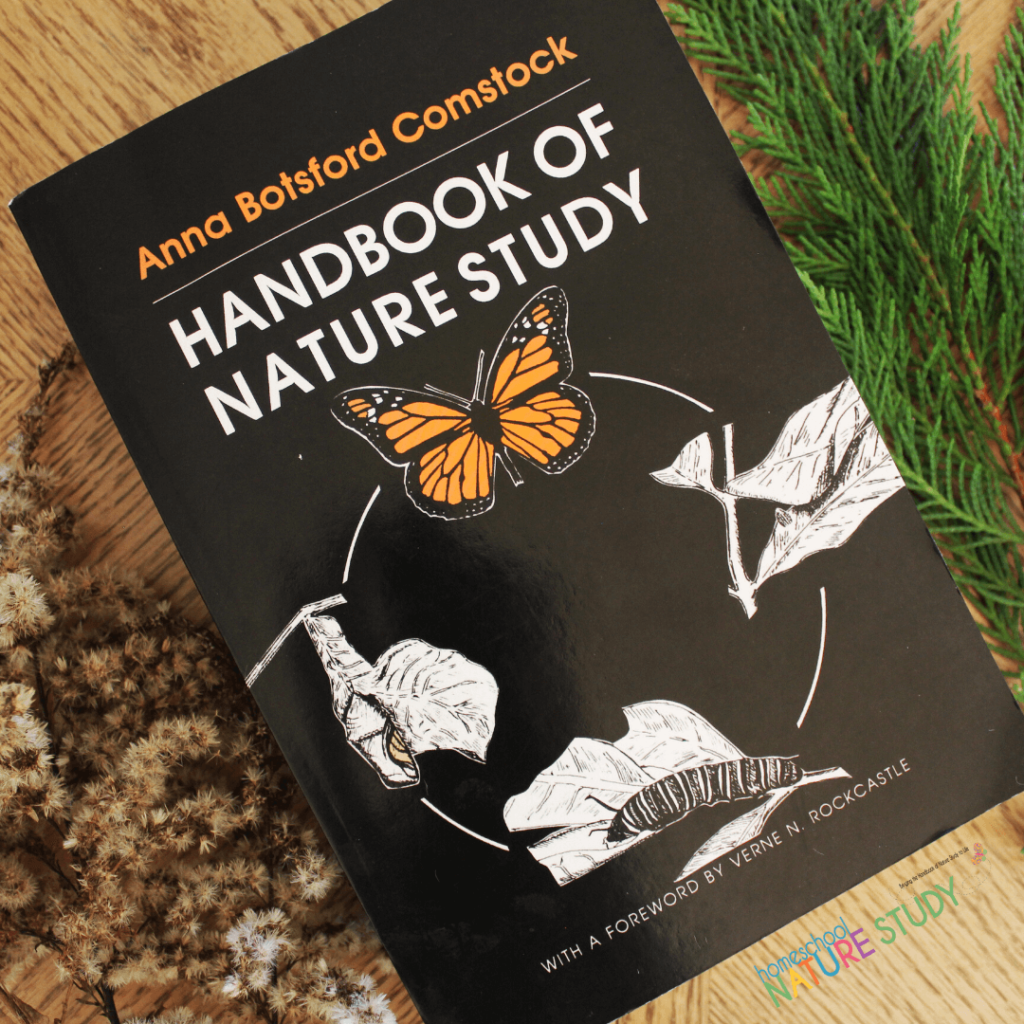
Outdoor Hour Time:
- Spend fifteen minutes outdoors with your children, looking for signs of gall insects. Look at this challenge as a sort of “gall hunt” and encourage your children to use their observations skills.
- Examine any galls you find. Use as many words as you can to describe the gall. (Ebook users: Some suggested words are found on the Gall Study notebook page.) Make sure to look for “exit holes”.
- Alternate activity: Look for any signs of insects in your backyard or neighborhood
Follow-Up Activity:
- Galls provide a way for certain insects to survive the winter. Use your follow-up time to have your children explain the life-cycle of the gall dweller or allow time for a nature journal to record their findings. Use the illustrations in the Handbook of Nature Study to help them draw a gall if possible.
- Advanced Study: The formal name for the study of galls is “cecidology”. Read this link: Gall-Making Insects. Summarize the information with words or drawings.
- Advanced Study: Record in your nature journal or on the ebook notebook page four different galls either from your outdoor experiences or from your research. Also, explain in your own words the life cycle of one of the gall insects featured on your notebook page (egg, gall forms, larva develops, adults, egg).
- Advanced Study: Sketch a gall dwelling insect from your area. Write an account of its specific life cycle on the journal page in the ebook or in your nature journal.
Join The Homeschool Nature Study membership Now
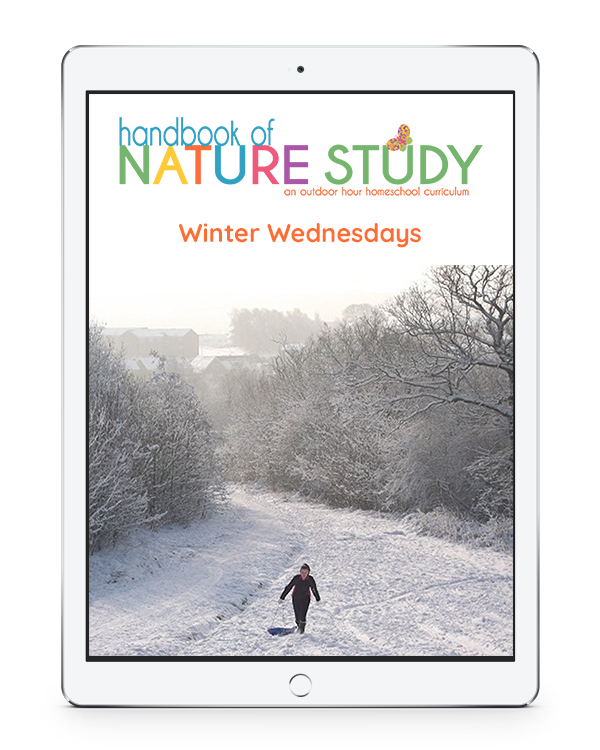
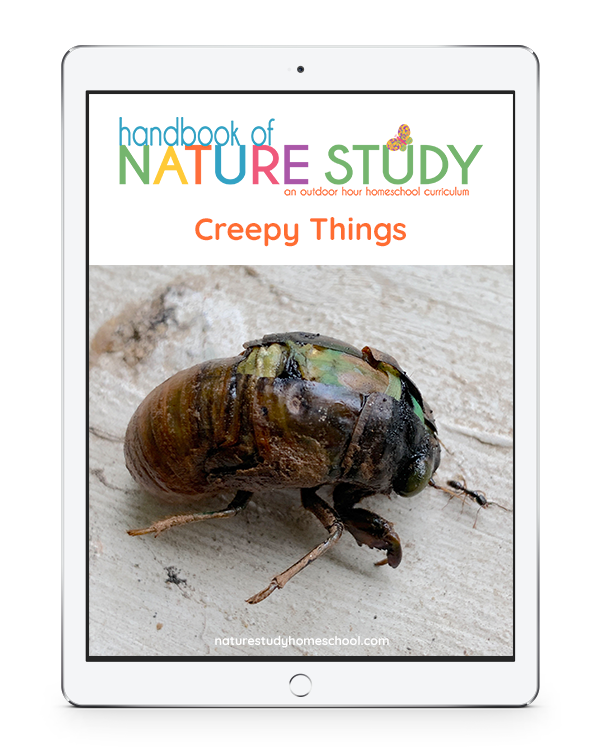
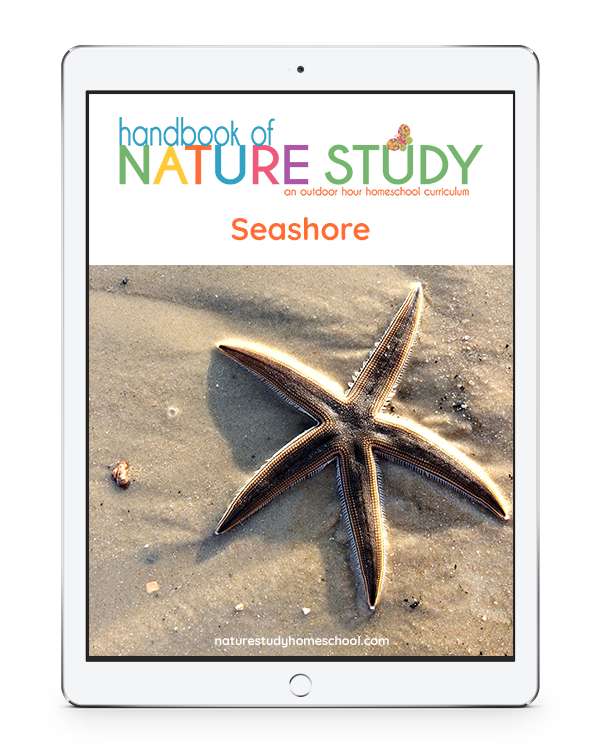
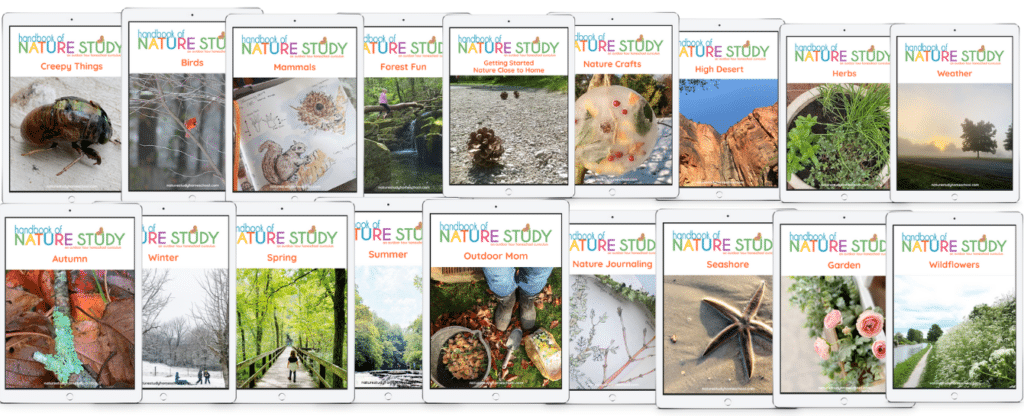
Connect With Our Homeschool Community On Social Media
Did you enjoy this Outdoor Hour Challenge? Be sure to tag us on Instagram @outdoorhourchallenge and use the hashtag #outdoorhourchallenge so we can see and comment!

I love this post. We found a gall when walking in the woods late last year and didn’t know what it was.
We’ll be looking for them when we go out. 🙂